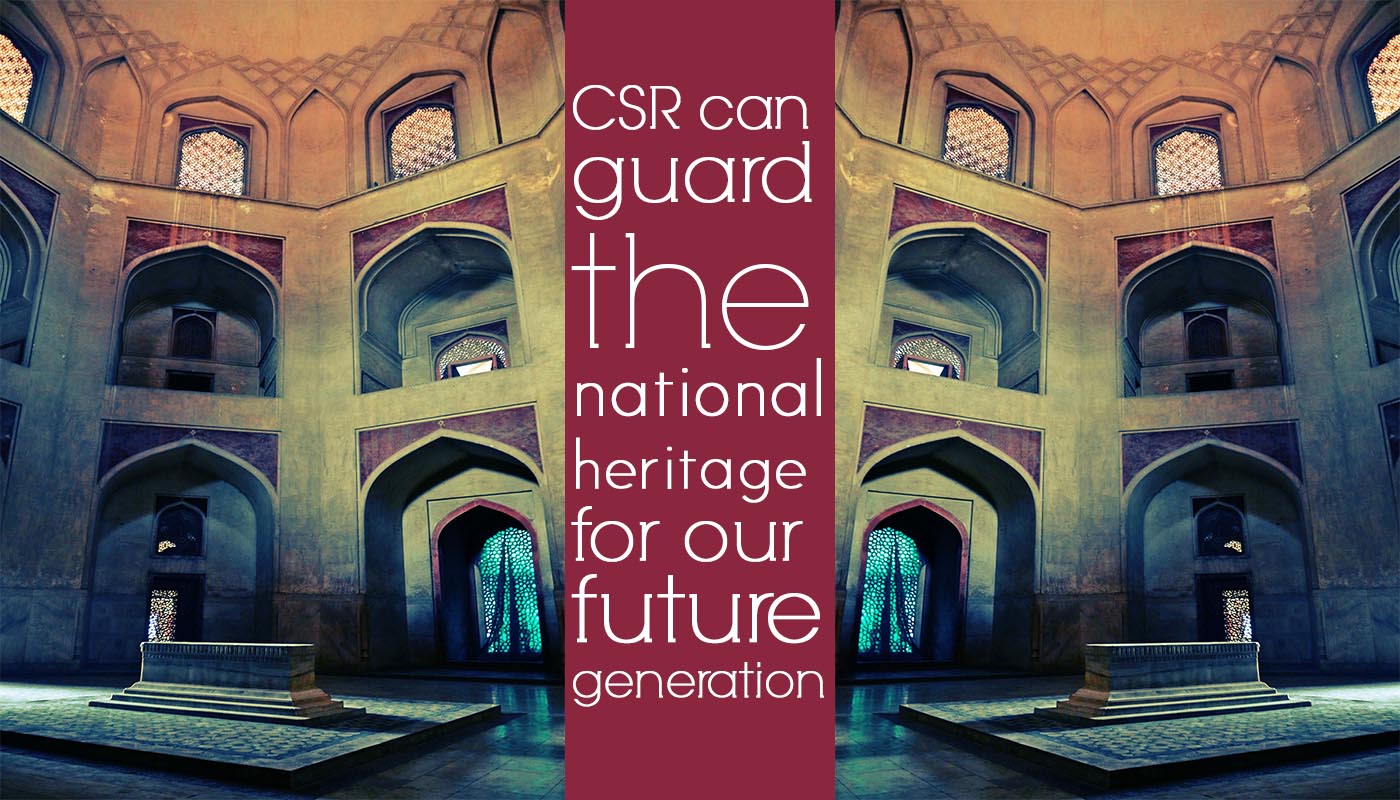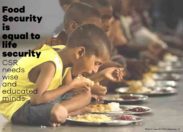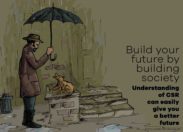It is the duty of every citizen to value and preserve the rich heritage of our composite culture. The art and culture of our nation are a vast continuum, evolving incessantly since time immemorial. Naturally, preservation and conservation of India’s rich cultural heritage and promotion of all forms of art and culture, both tangible and intangible, including monuments and archaeological sites, anthropology and ethnology, folk and tribal arts, literature and handicrafts, performing arts of music-dance-drama and visual arts of paintings, sculpture, graphics is essential and assumes a lot of importance.
Thus, in a broader sense, cultural activities address issues pertaining to national identity in conjunction with various sectors such as education, tourism, textiles, external relations etc. Since the time of independence, the crux of all culture development plans have been the preservation of cultural heritage with greater emphasis on the thread of continuity which has resulted in the binding of dissimilarities into a synergistic whole. A The main goal has always been establishment of cultural institutions in the field of archaeology, anthropology and ethnography, archives, libraries, museums, and performing arts including academics.
Due to the two UNESCO Conventions, one ‘to safeguard and protect Intangible Heritage’ and the other on ‘Cultural Diversity’, the government has initiated proactive measures to safeguard and protect cultural diversity and the various expressions of intangible heritage facing the risk of disappearance. The upkeep and maintenance of museums and archaeological sites will considerably improve with the introduction of modern technology and redeployment of existing staff. To start with, security services have already been outsourced and the possibility for outsourcing in areas like consultancy and maintenance needs to be examined in detail. Publication through private sector should be encouraged as they have all the modern technology and know-how to produce the best from the worst. Repository work is obviously very well done by the private sector. As the Ministry of Culture has been facing recurrent cuts in outlay due to poor spending during the first two quarters, proper expenditure planning in the field of art and culture, several schemes are being implemented without assessing the process and impact.
Handicrafts have been around since man’s earliest days in accordance with the prevailing environmental conditions. The first examples were necessities such as protection or coverings. Handicrafts were later improved and adapted according to environmental conditions, eventually becoming “traditional” and accepted as an art that reflects the artistic sense, feelings and cultural characteristics of a society.
Traditional Turkish handicrafts form a rich mosaic by bringing together genuine values with the cultural heritage of the different civilizations which have passed through Anatolia over the millennia.
Arts and crafts development
- The whole ecological and cultural environment of Dominica has shaped and influenced artistic creation in all its aspects. Dominican’s unique eco-system provides, a wide variety of raw materials used by artists and by artisans.
- In Dominica, the unique culture and social synthesis of Amerindian, Africans and European culture which has evolved interact with natural and environment. This fusion of nature and culture, incorporating inherited knowledge of natural lore of everything in the grand Bwa, rivers and sea, indigenous wisdom symbolised by image of a natural world culture heritage and traditional techniques and skills has been transmitted from generation to generation.
- On the island the main natural resources for arts and crafts are flowers, grasses, fibres, liana, roots, vines, leaves, count, shells, timbers, and some clay deposits.
- The available resources are used for artistic decorative and utilitarian purpose or for creation involving all three purposes , timber is used household utensils, furniture, houses and others building, boats and canals.
- The woods used are mainly acquired from the rain forest such as chaitannya, blatant, Bua dyab and karapit.
Implementation of the following strategies may help in the process of preservation
(source: The Planning Commission Documentations for the development or youth affairs, sports, art and culture)
- Tapping of the Public —Private Partnership models for sustenance of Arts and Crafts.
- Greater involvement of universities in schemes promoting arts and culture as well as inclusion of Fine Arts as a subject in universities.
- Promoting Hindi and getting it recognized as a UN language.
- Protection of monuments.
- Preserving and properly promoting India’s rich intangible cultural heritage by inventorizing and documenting oral traditions, indigenous knowledge systems, guru-shishya systems, folklores and tribal and oral traditions and also extending patronage to various dance forms like Bihu, Bhangra, Nautanki, Dandiya and other folk dances besides classical forms
- Setting up at least one museum in each district with different chambers for visual and other forms of art, architecture, science, history and geography with regional flavour.
- Enhancing assimilative capabilities in order to adapt to emergent challenges of globalization and technological innovations.
- Promoting regional languages
- Making cultural and creative industries work in tandem for growth and employment.
- Generating demand for cultural goods and services as a matter of sustenance rather than patronage, thus bringing out the art and culture sector in the public domain.
- The promotion of export of cultural goods and services for taking the country in the list of first 20 countries ranked by UNESCO for export of culture.
- Recognizing ‘cultural heritage tourism’ as an upcoming industry by building cultural resources with an adaptation of scientific and technological knowledge to local circumstances as well as forming partnerships between local and global bodies.
- Making possible the infusion of knowledge capital in cultural institutions by flexible engagements.
jnicsr #jnicsrtimes #nikhilkumarsarojaz
www.jnicsr.com | www.jnicsrtimes.com







3 Comments
i like this
August 16, 2025 at 11:06 pm757638 376020hi and thanks regarding the specific post ive actually been looking regarding this kind of info online for sum time these days hence thanks a lot 165825
fear of god essentials
August 29, 2025 at 2:28 am555698 6402Aw, it was an extremely very good post. In thought I would like to set up writing comparable to this additionally – taking time and actual effort to create a quite good article but exactly what do I say I procrastinate alot and also no means manage to go done. 102302
พรีออเดอร์จีน
September 3, 2025 at 10:26 pm37348 475645I actually prize your work , Wonderful post. 166869